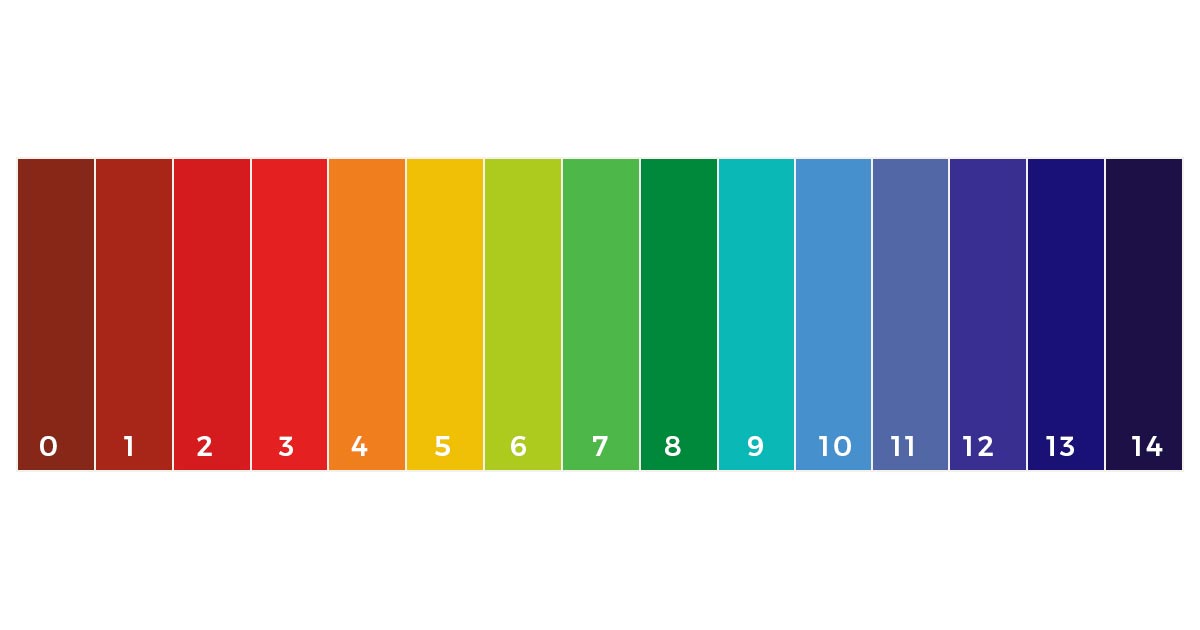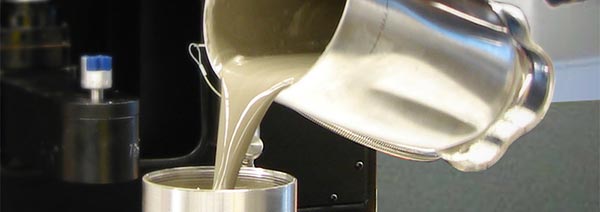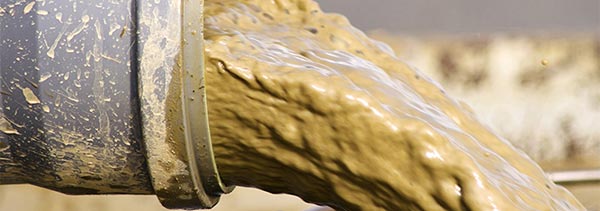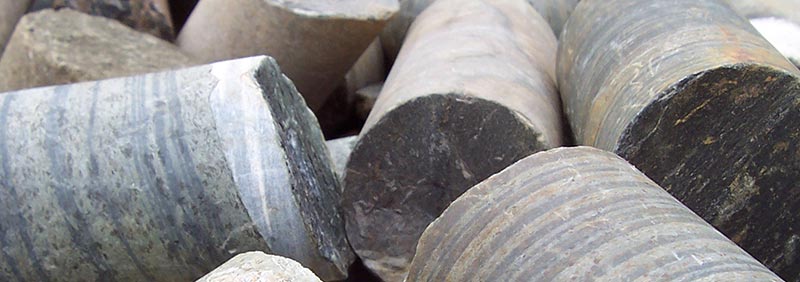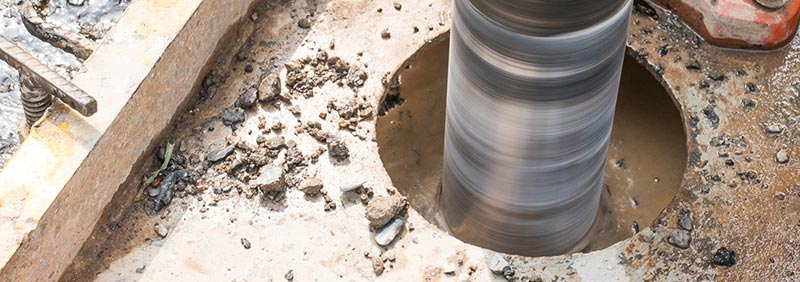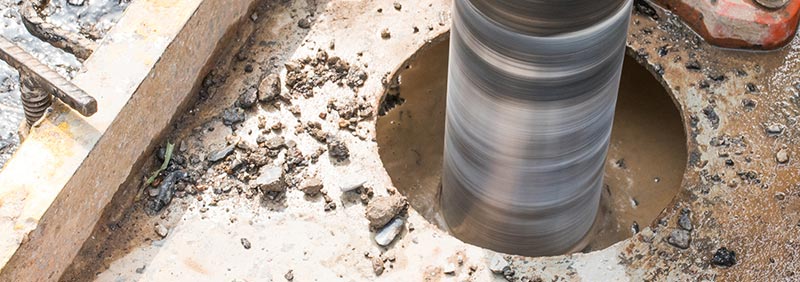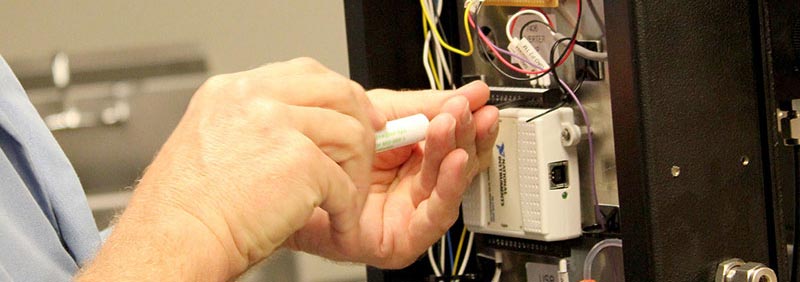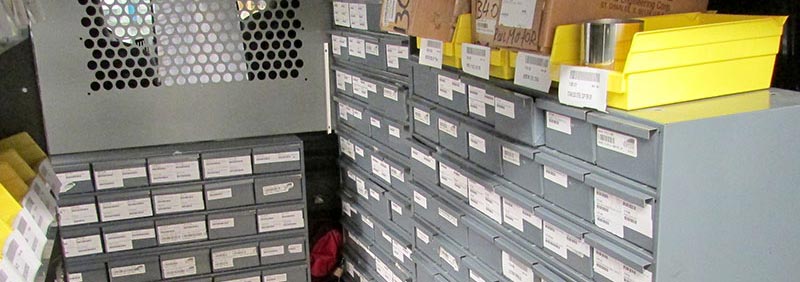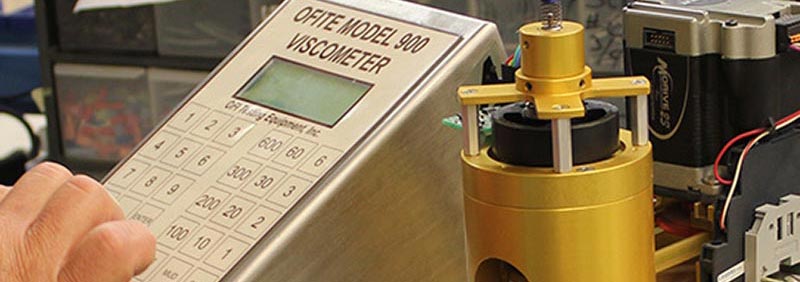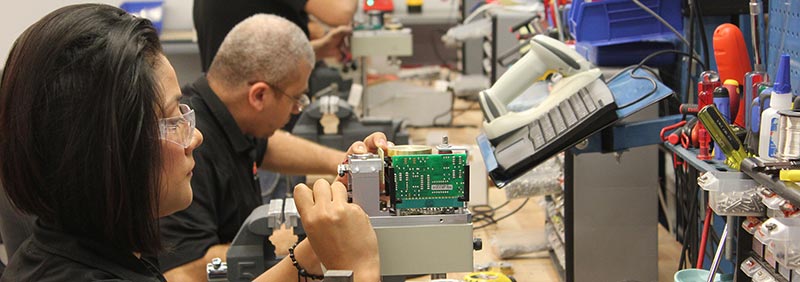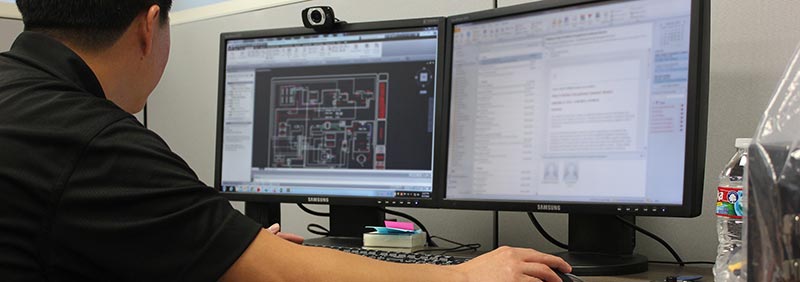Newsroom
pH Testing of Drilling Fluids
In chemistry, pH is a measure of the concentration of hydrogen ions in an aqueous solution. pH is measured on a scale from 0 to 14. A pH of less than 7 indicates an acidic solution, while solutions above 7 are considered alkaline. A pH of 7 is neutral, as in the case of pure water.
pH analysis is fundamental to drilling fluid control. The pH of the fluid affects clay dispersion and the solubility and effectiveness of chemical additives. A change in pH while drilling often indicates contamination by substances such as cement, gypsum, or carbon dioxide. Effective corrosion control and treatment depends upon the proper pH adjustment.
There are two accepted methods of measuring pH: the colorimetric method using paper strips and the electronic method using a pH meter and electrode.
Colorimetric Method
This method is popular because it is quick, easy, and inexpensive. A strip of paper is placed in the fluid, soaking up the liquid. An indicator dye in the paper changes color based on the pH of the solution. The user then compares the paper to a color chart. This method is usually accurate to 0.2 – 1.0 pH, depending on the range.
Electronic Method
OFITE offers a wide range of pH meters and electrodes. Pocket pH meters, like the Pocket Pro+ pH Tester, are the most affordable. Mid-range models like the Oakton pH 5+ and Ion 6+ include more features, like multiple measurements (pH, temperature, mV, ion, etc) and automatic temperature compensation. While laboratory models, like the Ion 700 Meter, feature wider ranges and more robust displays.
For a complete list of pH analysis equipment, visit the pH product page.

